iPhone 16e vs iPhone 13 mini: is it time to hang up the old mini?
We may earn a commission if you make a purchase from the links on this page.

Intro
The iPhone 16e, Apple's latest budget-friendly iPhone, has arrived — and in doing so, it has effectively replaced two older models. Housed in the familiar body of the iPhone 14 and priced at $599, it now stands as Apple’s most affordable new iPhone, taking over the spot previously held by the now-discontinued iPhone SE (2022).
If you were holding onto an iPhone 13 mini, hoping Apple would revive the smaller form factor with the next SE, you might be disappointed. The demand for compact phones just wasn’t strong enough, and Apple — like most manufacturers—has moved on, sticking with screens around the 6-inch mark as the new standard.
That said, a 6.1-inch display with a 19.5:9 aspect ratio isn’t as bulky as it might seem. By today’s standards, where phones are creeping up to 6.9 inches, it’s actually quite manageable—and for some, even compact.
That said, a 6.1-inch display with a 19.5:9 aspect ratio isn’t as bulky as it might seem. By today’s standards, where phones are creeping up to 6.9 inches, it’s actually quite manageable—and for some, even compact.

So, since no new mini is in sight — is it time to upgrade from that iPhone 13 mini to an iPhone 16e?
iPhone 16e vs iPhone 13 mini differences:
| iPhone 16e | iPhone 13 mini |
|---|---|
| Bigger size, encased in iPhone 14-like shell | The last mini — the only compact Apple phone for a while |
| Supports Apple Intelligence | No Apple Intelligence |
| 6.1-inch OLED display, 60 Hz | 5.4-inch OLED display, 60 Hz |
| Face ID notch on top | Face ID notch on top |
| Apple A18 chip (3 nm) 8 GB RAM | Apple A15 Bionic (5 nm) 4 GB RAM |
| Single main camera | Main camera and ultrawide camera |
| Much bigger battery: 3,961 mAh | Small battery: 2,406 mAh |
| USB-C port | Old Lightning port |
| 20 W wired charging 7.5 W wireless (no MagSafe) | 20 W wired charging 15 W MagSafe charging |
Table of Contents:
Read more:
Design and Size
Sorry old mini chap

Some people love small smartphones. Be it the iPhone 13 mini, or the iPhone SE with the classic iPhone 8 design (or, even further back — the iPhone SE with the iPhone 5s design!). But, unfortunately, it seems that these people are a very tiny segment of the market — various manufacturers tried to maintain a mini or Compact line of sorts, and all of them gave up. And so has Apple.
The iPhone 13 mini is "the last of the minis", lord of the lands of Tinyphone, beloved by its people, but neglected by the world. It has slowly been phased out and replaced by the iPhone 14 Plus and its successors.
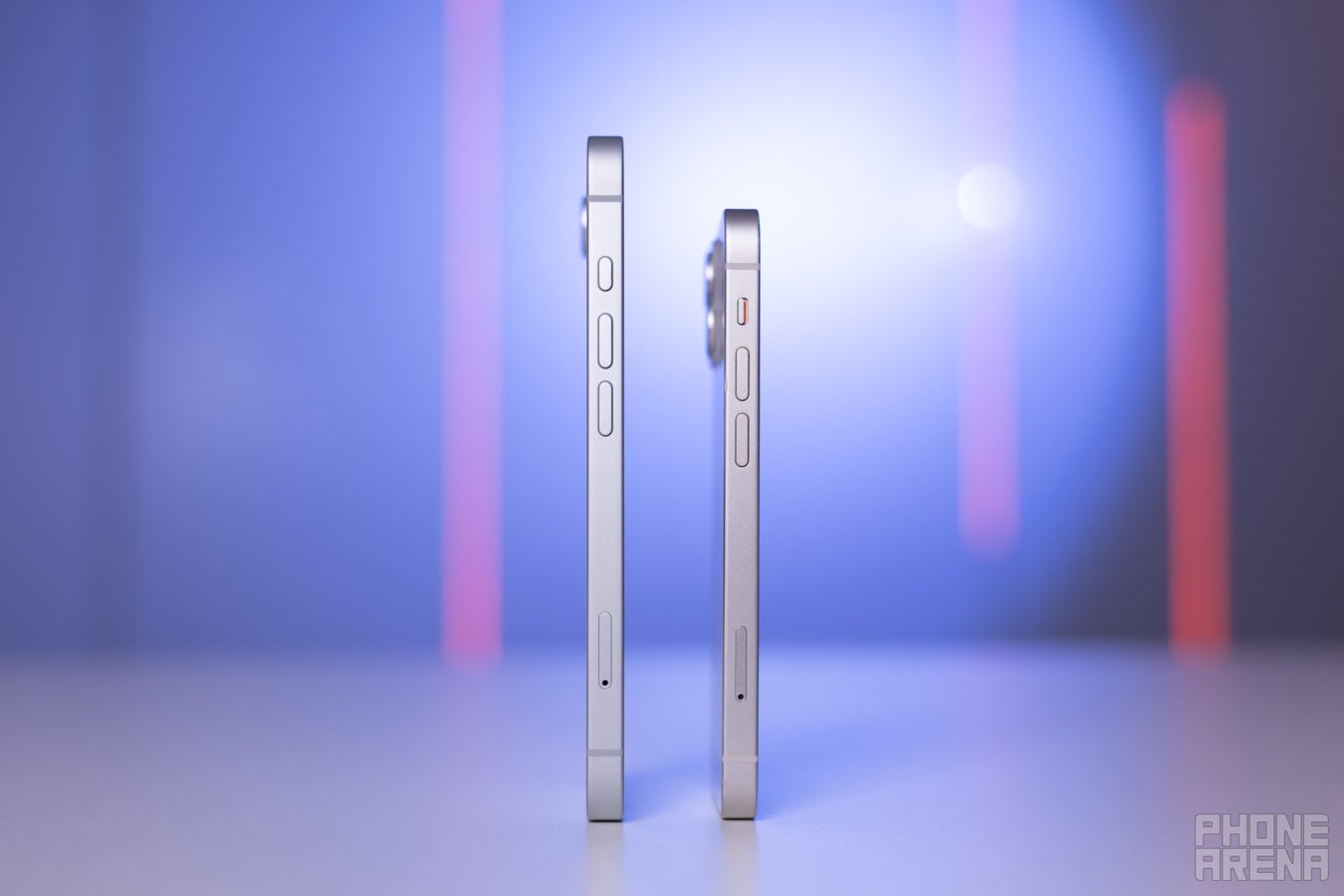
The iPhone 16e is in the shape and size of a "regular" iPhone — an iPhone 14 to be exact. With some upgrades or amendments. For example, it has the newer Action Button, where the iPhone 13 mini has the old Mute toggle switch. It also has a USB C port (Hallelujah) where the iPhone 13 mini has a Lightning port. Both are limited to USB 2.0 transfer speeds, though, so no real upgrade to be seen here, aside from the convenience of being able to borrow anyone's charger.
On the back, the iPhone 16e has a single 48 MP camera where the iPhone 13 mini has the 12 MP main and 12 MP ultra-wide camera. The old mini also has a MagSafe ring on the back, so it can work with the plethora of stands, mounts, wallets, batteries, and chargers that have been built for the magnetic system. Oddly, the iPhone 16e doesn't have MagSafe — $599 will only get you that far, we guess.
Technically, you can buy a case with a MagSafe ring for the iPhone 16e. But one — it still charges slower (7.5 W vs the 15 W on the mini's old MagSafe), and it still requires you to add a case... what if you don't want to?
Both phones are made with aluminum and have glossy glass backs. The mini was available in a variety of fun and vibrant colors — blue, red, white, black, pink — whereas the iPhone 16e is a bit boring, available in just white and black. A weird step back on that front.
At least the in-box contents are consistent — you get the phone and a cable.
On the back, the iPhone 16e has a single 48 MP camera where the iPhone 13 mini has the 12 MP main and 12 MP ultra-wide camera. The old mini also has a MagSafe ring on the back, so it can work with the plethora of stands, mounts, wallets, batteries, and chargers that have been built for the magnetic system. Oddly, the iPhone 16e doesn't have MagSafe — $599 will only get you that far, we guess.
Technically, you can buy a case with a MagSafe ring for the iPhone 16e. But one — it still charges slower (7.5 W vs the 15 W on the mini's old MagSafe), and it still requires you to add a case... what if you don't want to?
Both phones are made with aluminum and have glossy glass backs. The mini was available in a variety of fun and vibrant colors — blue, red, white, black, pink — whereas the iPhone 16e is a bit boring, available in just white and black. A weird step back on that front.
Display Differences
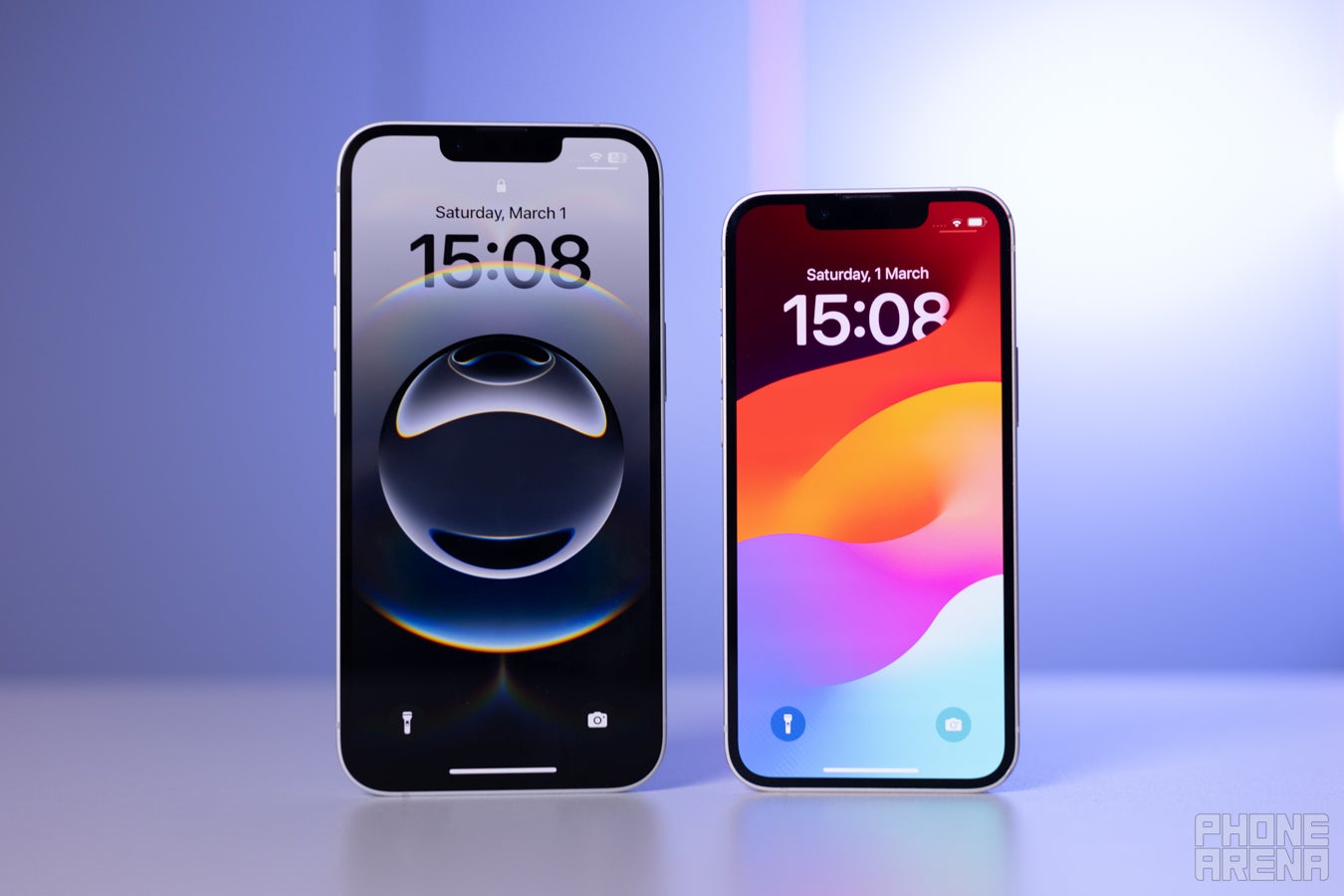
Both displays seem to be pretty much the same tech. They are OLED panels with 800 nit typical max brightness, 1,200 nits peak brightness. Both have odd resolutions, as Apple typically does, but the iPhone 16e hits 460 pixels-per-inch, the iPhone 13 mini has 476 ppi.
It's been a while since we checked out the iPhone 13 mini display measurements and it's a bit shocking how accurate its colors are. Two things to keep in mind — every OLED panel is ever-so-slightly different than the other. Also, the slight deviation into the blues that the iPhone 16e shows here is pretty typical for most modern pentile matrix OLEDs. Still, wow, great colors, iPhone 13 mini!
Both of the phones have a notch on top — not the newer "Dynamic Island" cutout that Apple has been putting on iPhones since the 14 Pro. The notch houses the Face ID sensors, which is now the only biometrics option across all iPhones, since the SE was discontinued.
Both of the phones have a notch on top — not the newer "Dynamic Island" cutout that Apple has been putting on iPhones since the 14 Pro. The notch houses the Face ID sensors, which is now the only biometrics option across all iPhones, since the SE was discontinued.
And, as you probably expected, both are locked at 60 Hz, which is a downer in a world where $300 Android phones offer at least 90 Hz for smoother animations.
Performance and Software
Apple A18, downgraded a second time
OK, so the big reason for the iPhone 16e's existence is to make a "cheap" iPhone that supports Apple Intelligence. For that, we need some more CPU horsepower and some more RAM. So, as much as Apple would've liked to, it couldn't reuse old Apple A-class chips from previous models. It put the brand-new Apple A18 in the iPhone 16e — the same SoC that powers the iPhone 16.
Well, almost the same. It cut down a single GPU core. So, the iPhone 16 Pro has 6 GPU cores, the iPhone 16 has 5 GPU cores, and the iPhone 16e now gets 4. We're not sure how much that would hamper your everyday smartphone experience — we'd wager not at all. But the CPU is supposedly exactly the same, with 6 cores two of which are 4.04 GHz high performance ones.
The iPhone 13 mini has the aging Apple A15 Bionic hexa-core with two 3.23 GHz high-performance cores, and a 4-core GPU. It's a bit long in the tooth and we expect lower scores. Let's take a look:
CPU Performance
GPU Performance
Yeah, as expected, the iPhone 16e beats the iPhone 13 mini in every metric. It would've been a disgrace if it didn't. In real life, the iPhone 13 mini still feels great and runs snappy. But the iPhone 16e has that much more headroom.
Apple does not like to disclose RAM specs for its iPhones for some reason, but it has been made clear in the past that Apple Intelligence needs 8 GB RAM to operate. So, it's safe to assume the iPhone 16e comes with 8 GB of RAM. The iPhone 13 mini has 4 GB, which is quite low by today's standards, and it will freeze more apps in the background.
By all accounts, the iPhone 16e will be the better-performing phone, faster to open apps, better at quick-swapping between them, better at editing images and video and scrolling through multiple webpages.
iPhones typically get 5 years of iOS updates before they reach end-of-support. Which means that the iPhone 13 mini has a year of life left in it, if that's something you care about (and since updates also come with security patches — you should). The iPhone 16e should be good until 2030, at least.
Camera
Two-on-one action

An interesting choice by Apple to give us a single camera with the iPhone 16e. In that sense, it reminds us of the simplistic iPhone SE of the past. It's still an upgraded 48 MP camera and will be employing the crop-in trickery to achieve "optical" zoom at 2x. It also lets you take full-res photos at 48 MP, like the other modern iPhones do.
The iPhone 13 mini is far behind with a 12 MP main camera. It does have the 12 MP ultra-wide secondary camera, if epic landscape or action shots are what you care about. It's no surprise that the brand-new iPhone 16e has a much better-performing camera.
PhoneArena Camera Score:
Main Camera
Well, no surprise here — the new 48 MP camera is better than the 12 MP 4-year-old camera. the iPhone 16e has better dynamics, better details, and better colors.
Zoom Quality
The zoom also works better with that 48 MP sensor. Apple employs all the trickery it has learned with the iPhone 14 and iPhone 15 series already to give us some pretty OK zoom quality. The iPhone 16e can also take Portrait Mode pictures at 2x where the iPhone 13 mini is forced to use the wide angle lens — not amazing for portraits.
Selfies
Both selfie cameras have 12 MP sensors, but again, differences can be observed. The iPhone 16e produces much more realistic skintones instead of dialing up vibrancy. Its details also appear less jagged and more refined.
Battery Life and Charging
No MagSafe?
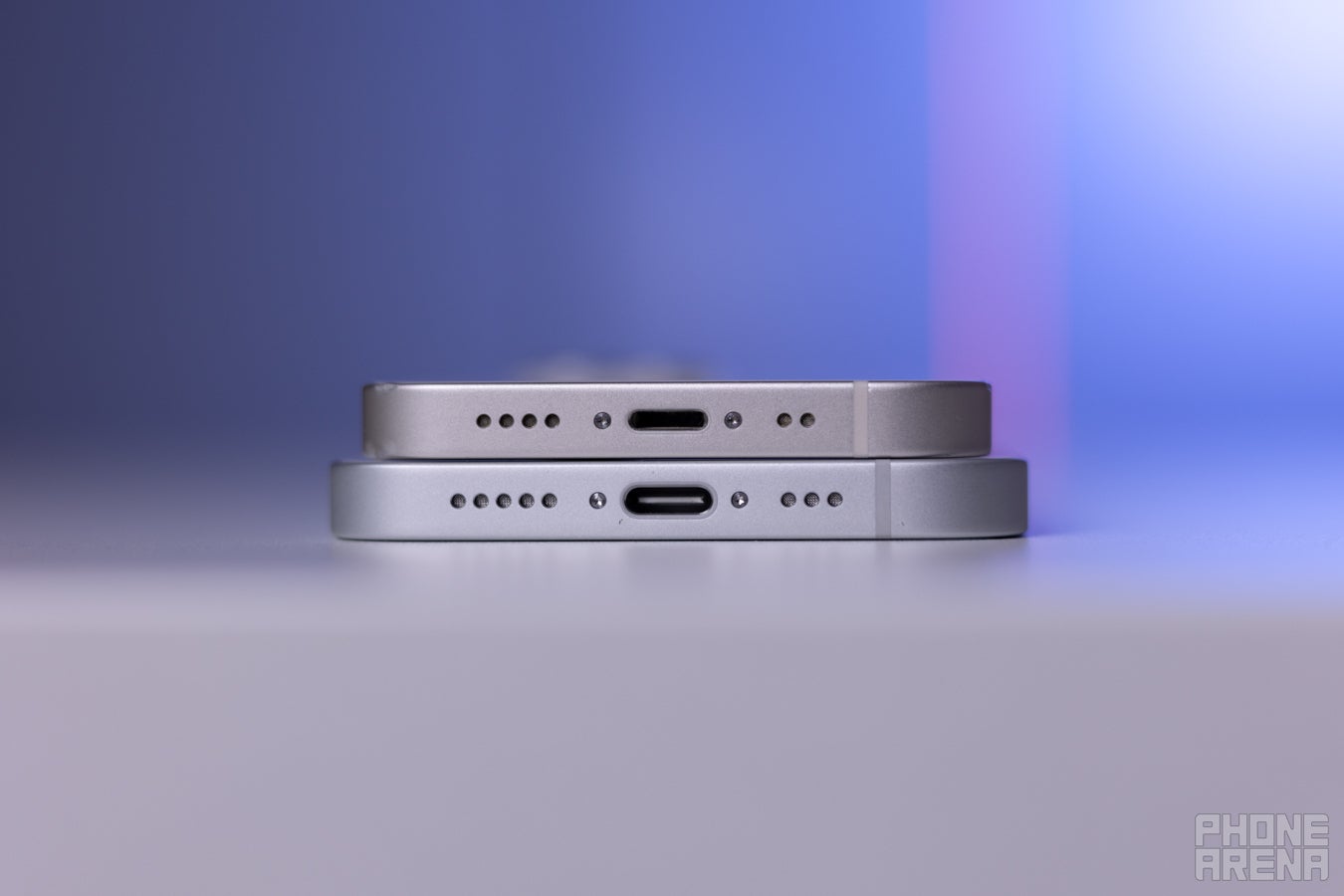
The iPhone 16e comes in a familiar 6.1-inch size, but Apple has managed to cram in a much bigger battery than before, with 3,961 mAh capacity. In comparison, the iPhone 13 mini has a 2,438 mAh battery.
That means the iPhone 16e has a nearly 60% bigger battery cell. That's a massive difference!
PhoneArena Battery and Charging Test Results:
And no surprise there — the iPhone 16e can outlast the iPhone 13 mini in every one of our tests. The 13 mini had a "passable" battery life even back when it released. Such is the price of having a tiny phone that still packs a relatively fast processor.
However, the iPhone 13 mini has one advantage — MagSafe. Not only does it support all of the MagSafe accessories that exist under the sun currently, it will also charge wirelessly with 15 W of power. The iPhone 16e not only got stripped of its magnets, it only supports the old Qi speeds, meaning 7.5 W. Yikes!
When it comes to wired charging, these phones are not breaking any records, decidedly stuck at 20 W.
Specs Comparison
Here's a quick look at the core specs, but you will be able to delve deeper in our iPhone 16e vs iPhone 13 mini specs page.
| iPhone 16e | iPhone 13 mini |
|---|---|
| Size, weight 5.78 x 2.81 x 0.31 inches (146.7 x 71.5 x 7.8 mm) 5.89 oz(167.0 g) | Size, weight 5.18 x 2.53 x 0.30 inches (131.5 x 64.2 x 7.65 mm) 4.97 oz (141.0 g) |
| Screen 6.1" OLED 60 Hz ProMotion 1,200 nits peak | Screen 5.4" OLED 60 Hz 1,200 nits peak |
| Processor Apple A18 Hexa-core, 4.04 GHz 3 nm | Processor A15 Bionic Hexa-core, 3.23 GHz 5 nm |
| Versions: 8 / 128 GB 8 / 256 GB 8 / 512 GB | Versions: 4 / 128 GB 4 / 256 GB 4 / 512 GB |
| Cameras: 48MP main 12MP front | Cameras: 12 MP main 12 MP ultrawide 12MP front |
| Battery: 3,961 mAh | Battery: 2,406 mAh |
| Charging: USB-C 20 W wired 7.5 Qi wireless | Charging: Lightning 20 W wired 15 W MagSafe |
Summary
Like it or not, tiny smartphones are now like the dinasours. No, not big — extinct. Even if you're holding onto your iPhone 13 mini for as long as possible, an upgrade will eventually be inevitable. When that time comes, the iPhone 16e might be the easiest transition — it’s not overly large, it’s reasonably priced, and it offers the familiar iPhone experience with a few extras, like an improved camera and Apple Intelligence.
However, if you’re a MagSafe fan with a collection of accessories, you might be disappointed. The iPhone 16e ditches MagSafe unless you use a MagSafe-compatible case. If that’s a dealbreaker, you could spend $100 more for an iPhone 15, which retains MagSafe and the classic mechanical Mute switch instead of the newer Action Button. But keep in mind, it won’t support Apple Intelligence—depending on your perspective, that could be a pro or a con.
Overall, Apple's current iPhone lineup feels a bit messy, and it might take another year for everything to fall into place.
However, if you’re a MagSafe fan with a collection of accessories, you might be disappointed. The iPhone 16e ditches MagSafe unless you use a MagSafe-compatible case. If that’s a dealbreaker, you could spend $100 more for an iPhone 15, which retains MagSafe and the classic mechanical Mute switch instead of the newer Action Button. But keep in mind, it won’t support Apple Intelligence—depending on your perspective, that could be a pro or a con.
Overall, Apple's current iPhone lineup feels a bit messy, and it might take another year for everything to fall into place.
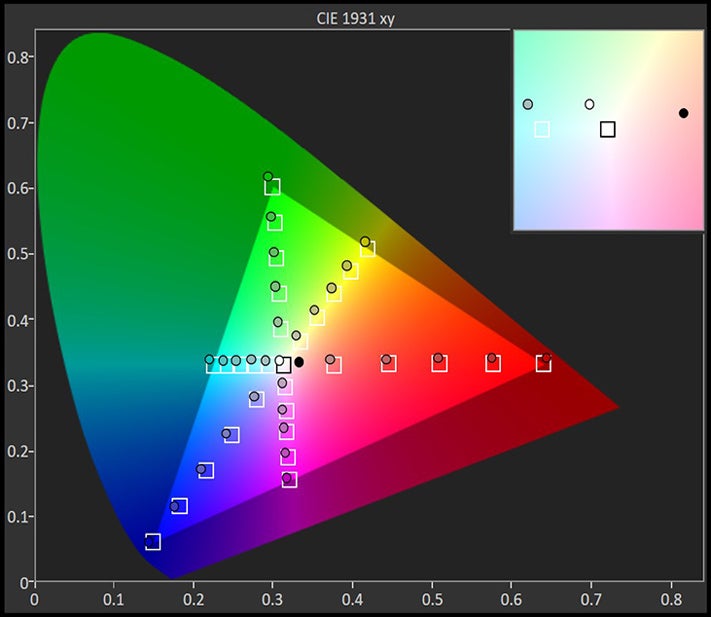
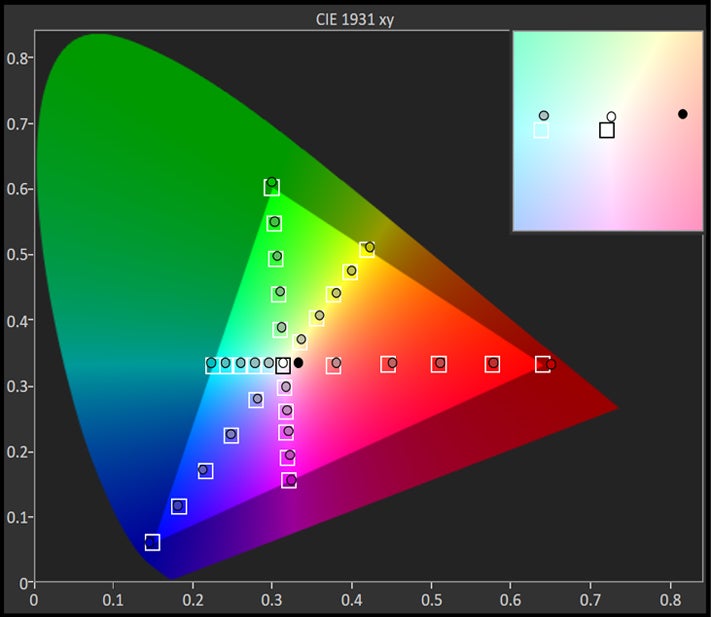






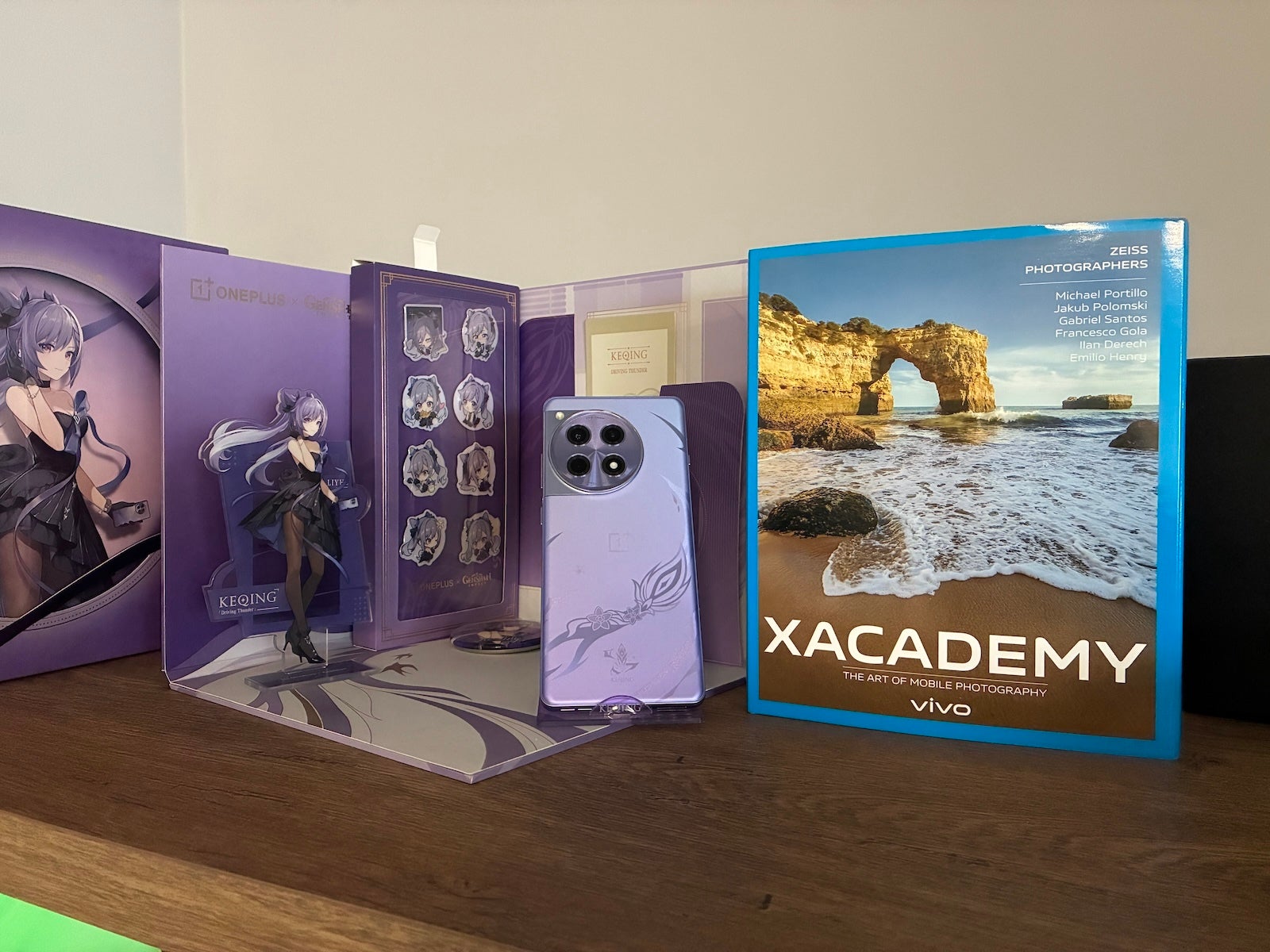
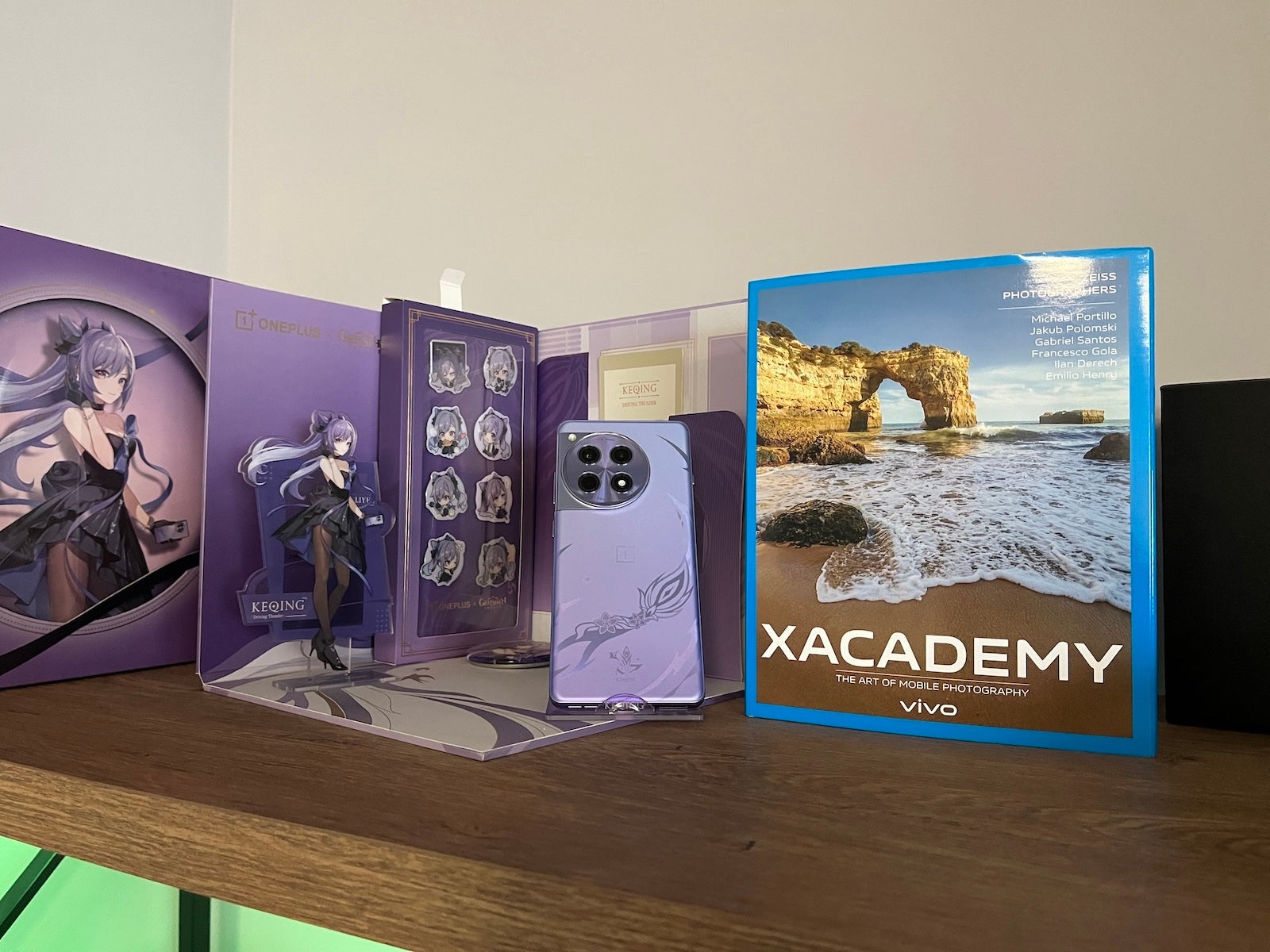
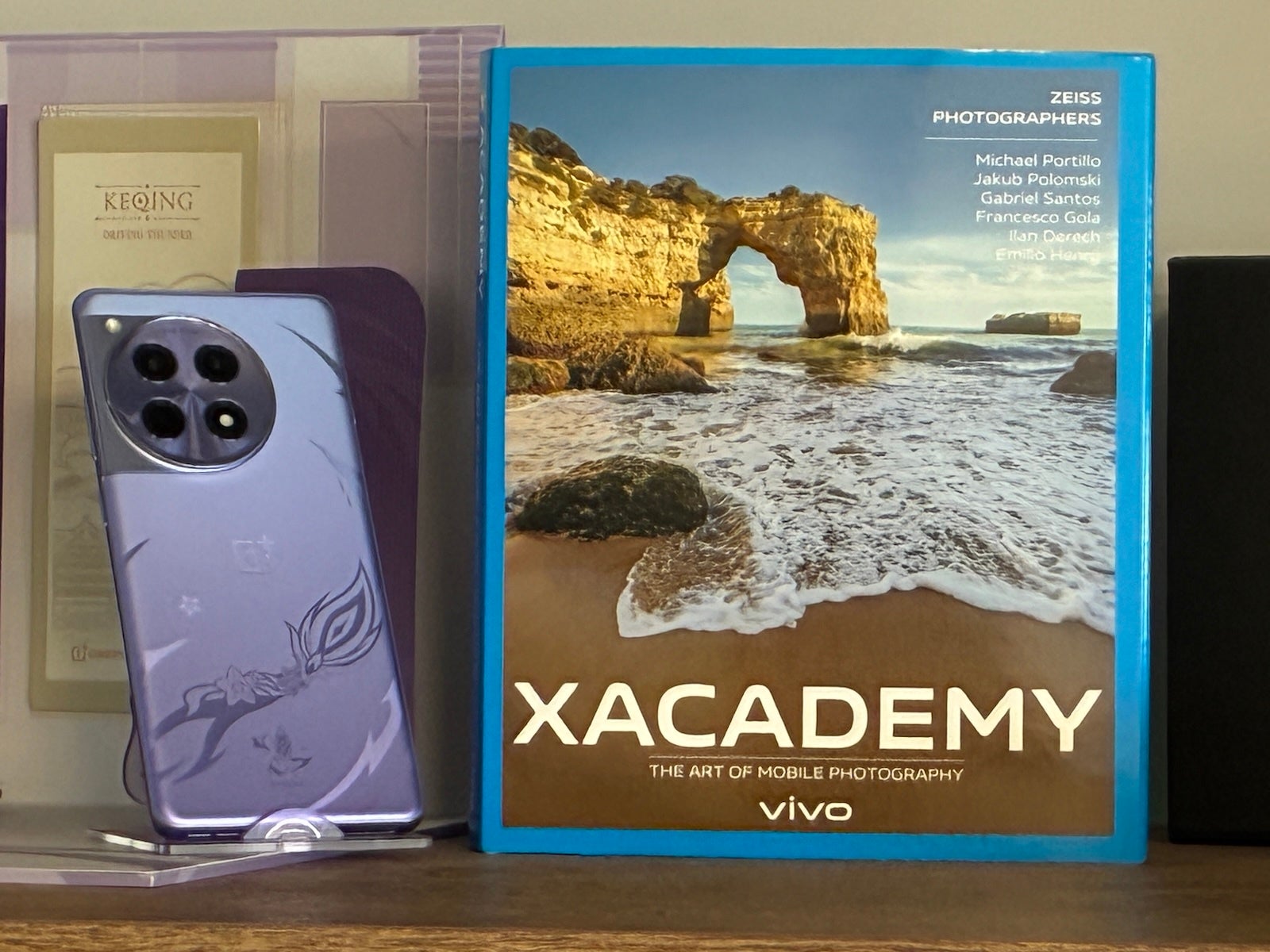
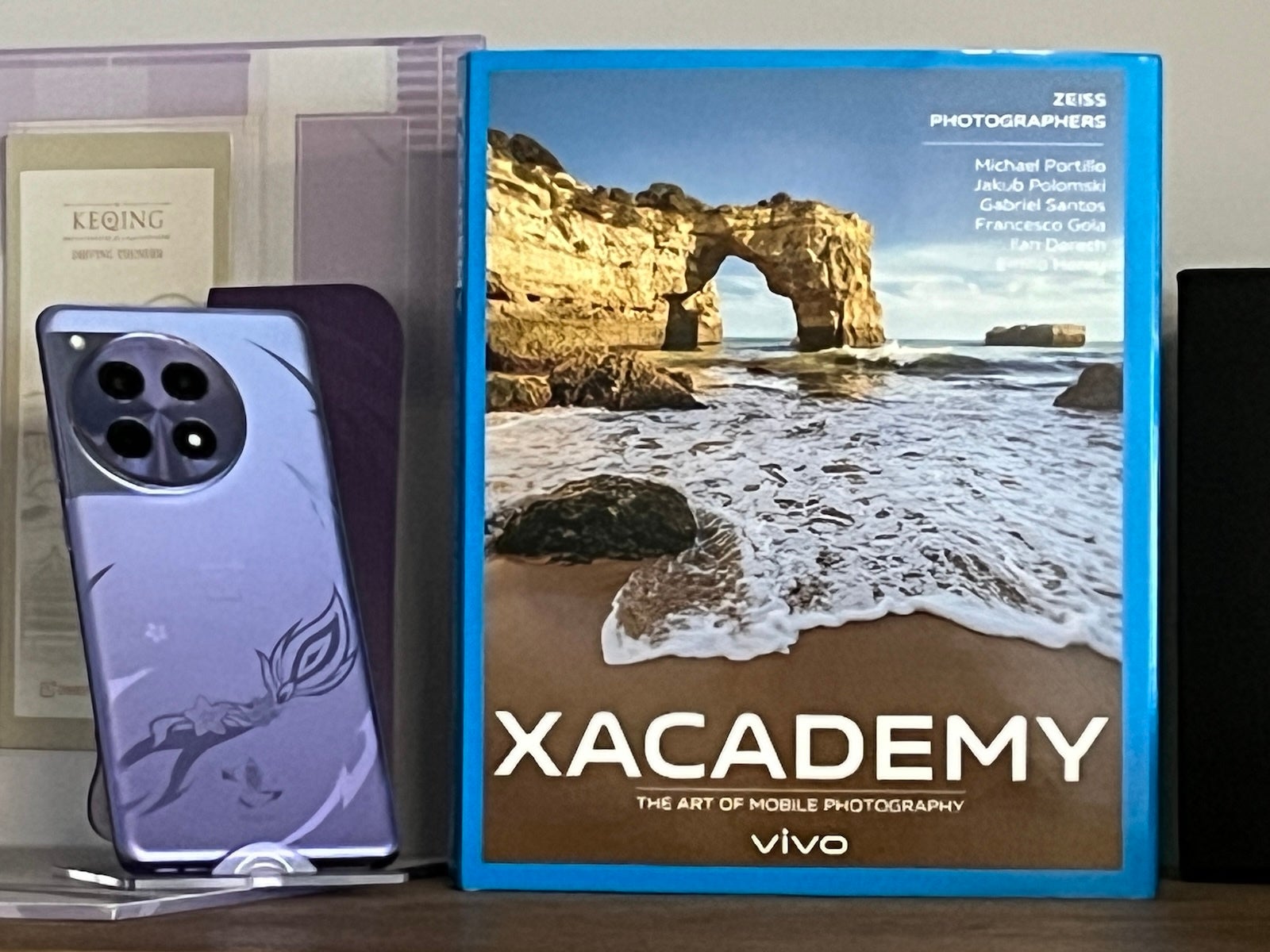





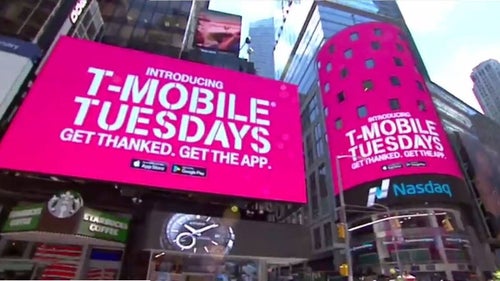
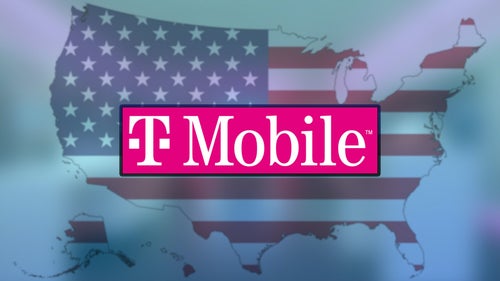
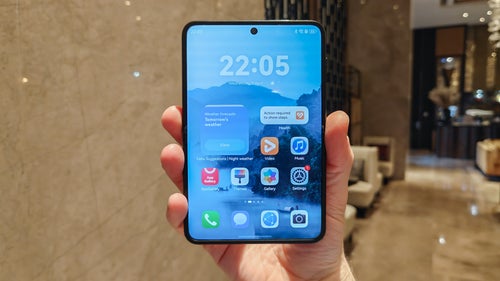
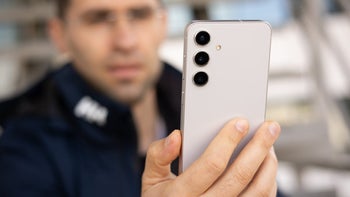

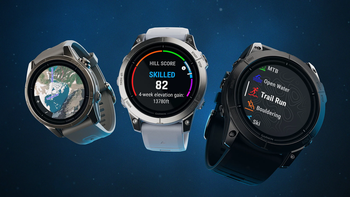
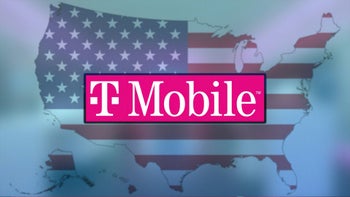








Things that are NOT allowed: